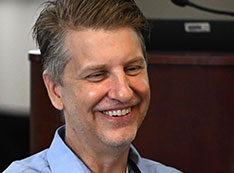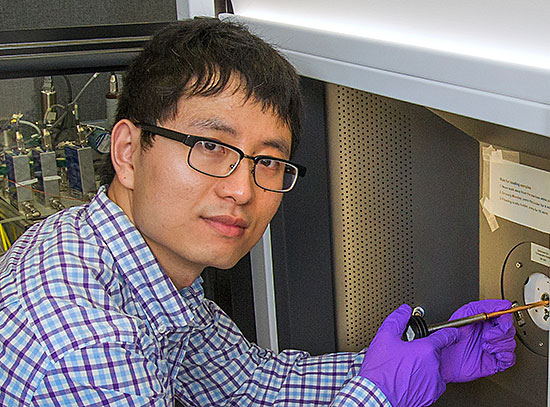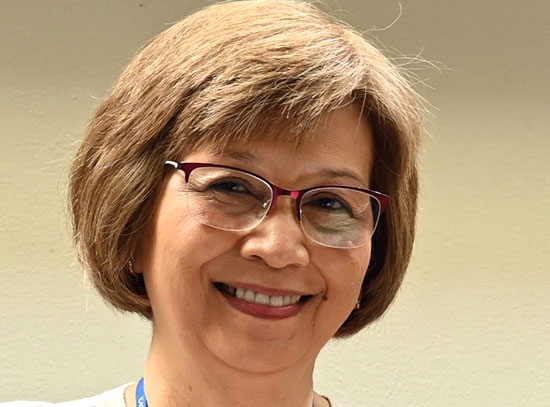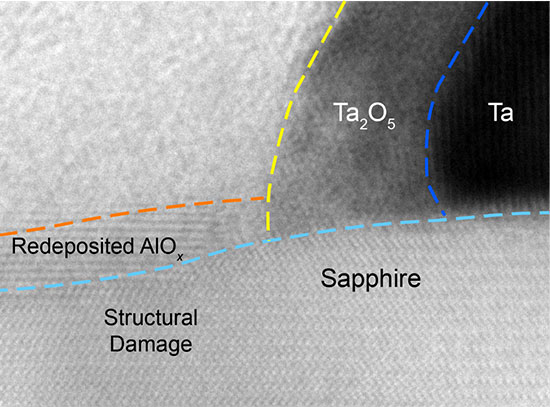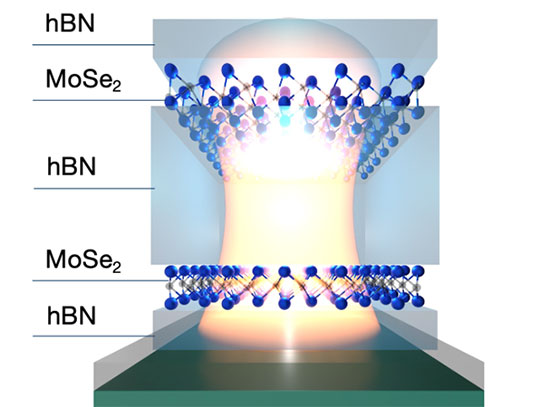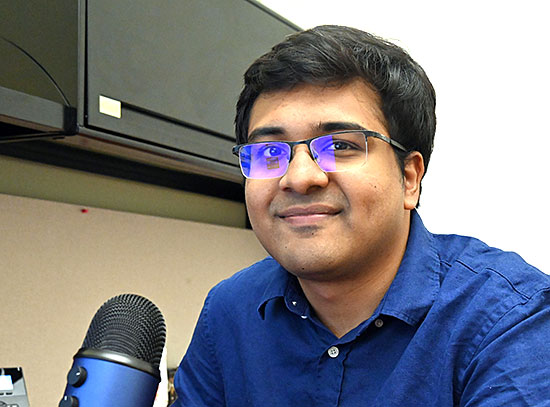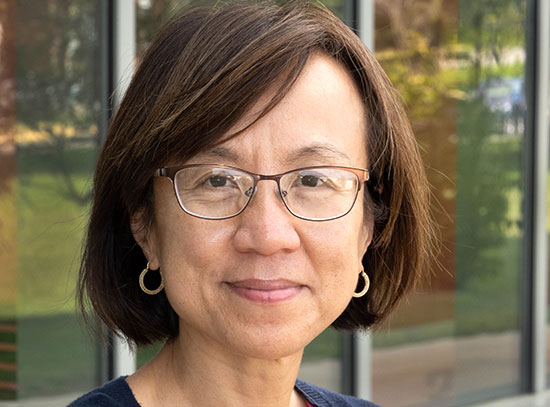Five Minutes/Five Questions with Wai-Lin Ng, the CFN ES&H Coordinator
improvements to CFN safety
June 20, 2025
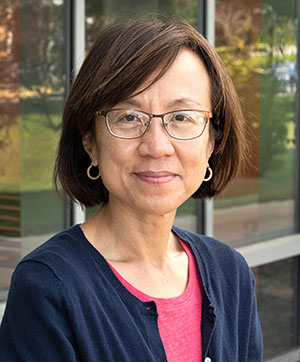
Wai-Lin Ng
1. What’s one recent or upcoming CFN safety initiative that users and staff should be aware of?
You may have noticed that more CFN managers, and other Lab managers, are reaching out to users and staff to talk about safety in their experimental work. They are having these discussions in the lab to see how researchers are applying safe practices in the field, offering suggestions for improvement and taking feedback on how things could be done better. Brookhaven had initiated these engagements in a more formal way through a new application called BNL Talks.
2. Have there been any recent safety observations around CFN that you’d like to share?
It is always important to think about whether you have the appropriate personal protective equipment (PPE) for the activity that you will be doing. We recently spoke with a researcher about how they were using the atomic force microscope (AFM), which, because it’s an enclosed system, can be operated without safety glasses. However, we then focused our discussion about how samples are prepared. In this case, a user works with samples that are embedded in tiny capillaries to be 5. characterized with a new electrochemical station. We talked about puncture hazards and wearing safety glasses during sample preparation in the event the delicate glass capillaries break.
3. Can you describe a new or recently upgraded CFN capability that brings unique safety considerations?
This past spring, we relocated the physical property measurement system (PPMS) to a new location in a different building. This instrument operates with a high magnetic field with fringe fields that extend beyond the tool and into the lab space. It was important to survey the fields and make users aware of the magnetic field hazard.
4. What’s one thing — big or small — that makes you proud to be part of the CFN?
I appreciate the support from CFN managers who reinforce the importance of safety, and the trust from staff who respect the risks that they may be exposed to based on the nature of their work. When rules don’t make sense, they will let me know and we work together to figure out how to do the work safely. Many times, I consult with our researchers to help me understand the hazards unique to their experiments.
5. Has there been a moment during your time at CFN that especially reinforced for you the importance of safety in research?
When I first started working at CFN 15 years ago, I observed an event in which a container of waste piranha etchant ruptured. The resulting flying glass and hot solution nearly impacted a researcher working in the area. The cause was due to the inadvertent addition of an alcohol to the bottle of waste acid, a misidentification of the bottle. We learned important lessons from this near-miss injury. New procedures and training were put in place to prevent this event from happening again. Thankfully, it hasn’t. Working with chemicals is a high-risk activity, so it’s so important that we remain vigilant about safety in research.
2025-22509 | INT/EXT | Newsroom




